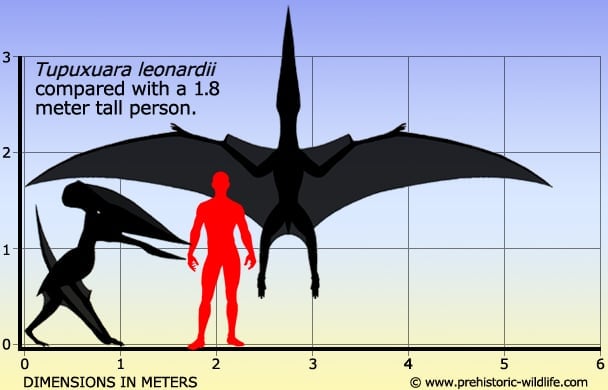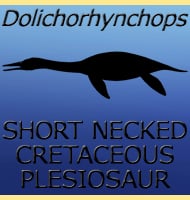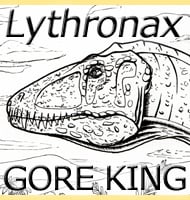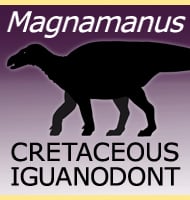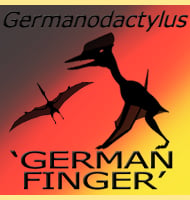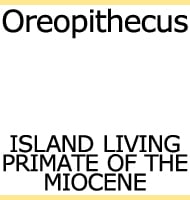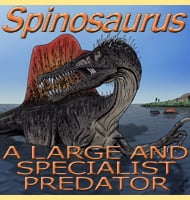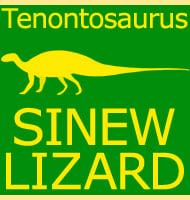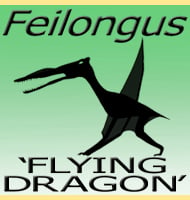In Depth
Tupuxuara was a diurnal pterosaur that lived close to the sea, and is thought to have hunted for fish. The elaborate crest shows evidence of an extensive network of blood vessels. Although possibly for thermoregulation, a more likely scenario is that Tupuxuara flushed blood into its crest to produce a striking and vivid colour display. Study of different specimens has suggested that the crest got larger as the individual grew to indicate reproductive maturity, a common trait among crested pterosaurs.
Further Reading
– Sobre un novo pterossauro com crista sagital da Bacia do Araripe, Cretaceo Inferior do Nordeste do Brasil. (Pterosauria, Tupuxuara, Cretaceo, Brasil) [On a new pterosaur with sagittal crest of the Araripe Basin, Cretaceous of Northeastern Brazil. (Pterosaur, Tupuxuara, Cretaceous, Brazil)]. – Anais de Academia Brasileira de Ci�ncias, 60: 459–469. – A. W. A. Kellner & D. A. Campos – 1988. – A new species of Tupuxuara (Pterosauria, Tapejaridae) from the Early Cretaceous of Brazil, – An. Acad. brasil. Ci�nc. 66: 467–473. – A. W. A. Kellner & D. A. Campos – 1994. – A new species of Tupuxuara (Thalassodromidae, Azhdarchoidea) from the Lower Cretaceous Santana Formation of Brazil, with a note on the nomenclature of Thalassodromidae, – Cretaceous Research 30′(5): 1293-1300. – M. P. Witton – 2009.
